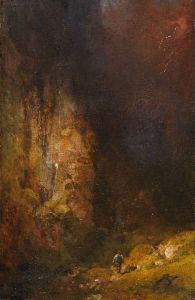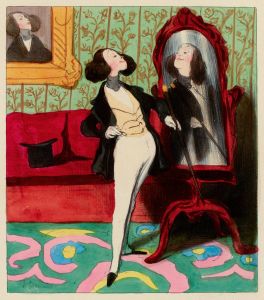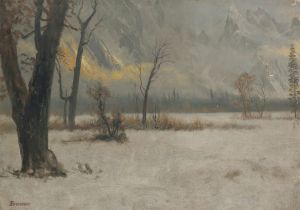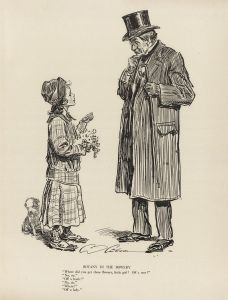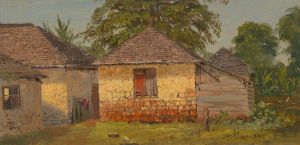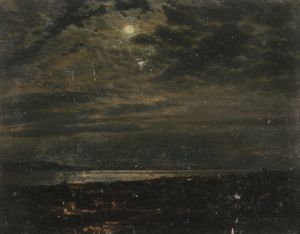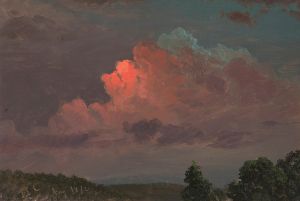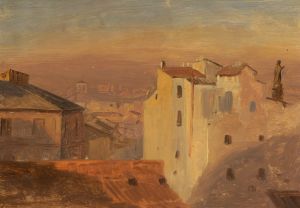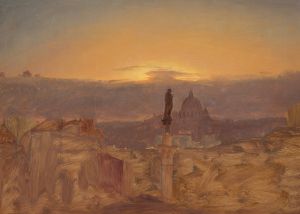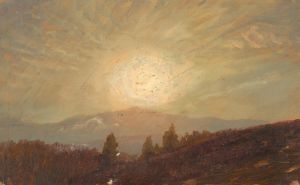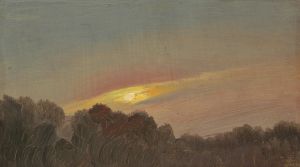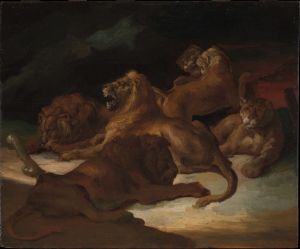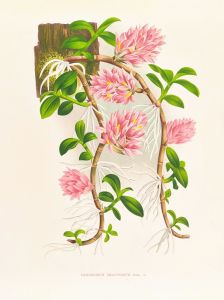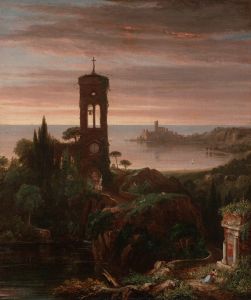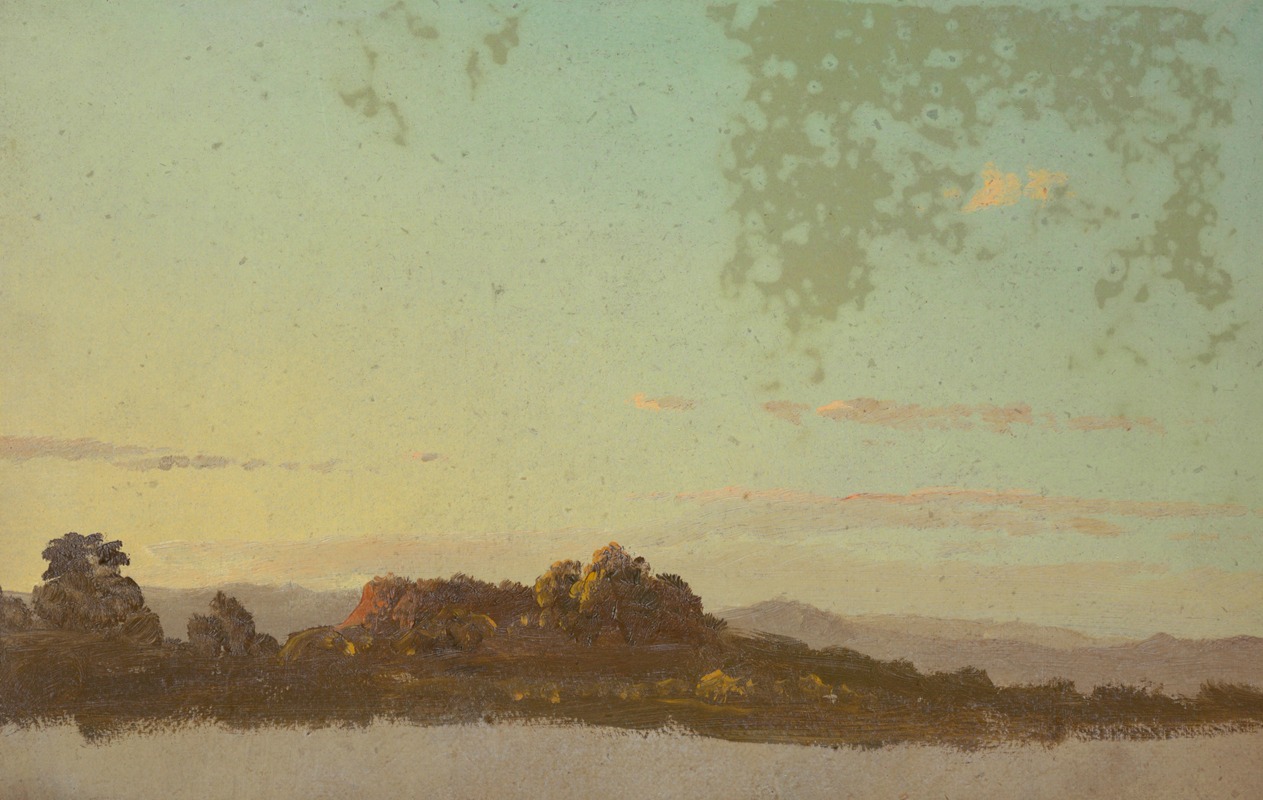
Summer landscape
A hand-painted replica of Frederic Edwin Church’s masterpiece Summer landscape, meticulously crafted by professional artists to capture the true essence of the original. Each piece is created with museum-quality canvas and rare mineral pigments, carefully painted by experienced artists with delicate brushstrokes and rich, layered colors to perfectly recreate the texture of the original artwork. Unlike machine-printed reproductions, this hand-painted version brings the painting to life, infused with the artist’s emotions and skill in every stroke. Whether for personal collection or home decoration, it instantly elevates the artistic atmosphere of any space.
Frederic Edwin Church, a central figure in the Hudson River School of American landscape painting, is renowned for his detailed and dramatic landscapes that capture the majesty of nature. One of his works, "Summer Landscape," exemplifies his skill in portraying the natural world with precision and grandeur.
"Summer Landscape" is a testament to Church's ability to depict the beauty and complexity of the American wilderness. Although specific details about the painting's creation, such as the exact year it was painted, are not well-documented, it is consistent with Church's style and thematic focus during the mid to late 19th century. Church was known for his meticulous attention to detail and his ability to convey the vastness and splendor of nature, often incorporating elements of the sublime and picturesque.
The painting likely features a lush, verdant scene typical of Church's landscapes, capturing the vibrant colors and dynamic compositions that characterize his work. Church's landscapes often include dramatic skies, expansive vistas, and intricate details of flora and fauna, reflecting his deep appreciation for the natural world and his desire to evoke an emotional response from the viewer.
Church's work was heavily influenced by his travels and his studies of natural science. He was a student of Thomas Cole, the founder of the Hudson River School, and was deeply inspired by the Romantic movement's emphasis on the beauty and power of nature. Church's paintings often reflect his interest in geography, geology, and botany, as he sought to create works that were not only visually stunning but also scientifically accurate.
"Summer Landscape" would have been created during a period when Church was at the height of his career, producing some of his most famous works, such as "The Heart of the Andes" and "Niagara." These paintings were celebrated for their grand scale and intricate detail, qualities that "Summer Landscape" likely shares.
Church's landscapes were more than just representations of nature; they were also imbued with a sense of national pride and identity. During a time when America was rapidly expanding westward, Church's paintings captured the untamed beauty of the American landscape, serving as a symbol of the nation's potential and promise.
In summary, while specific details about "Summer Landscape" are limited, the painting is undoubtedly a reflection of Frederic Edwin Church's mastery of landscape art. It embodies the key characteristics of his work: a commitment to detail, a passion for the natural world, and an ability to evoke emotion through the depiction of nature's grandeur. Church's legacy as a leading figure in American art is cemented by his ability to capture the essence of the American landscape, and "Summer Landscape" is a part of that enduring legacy.





